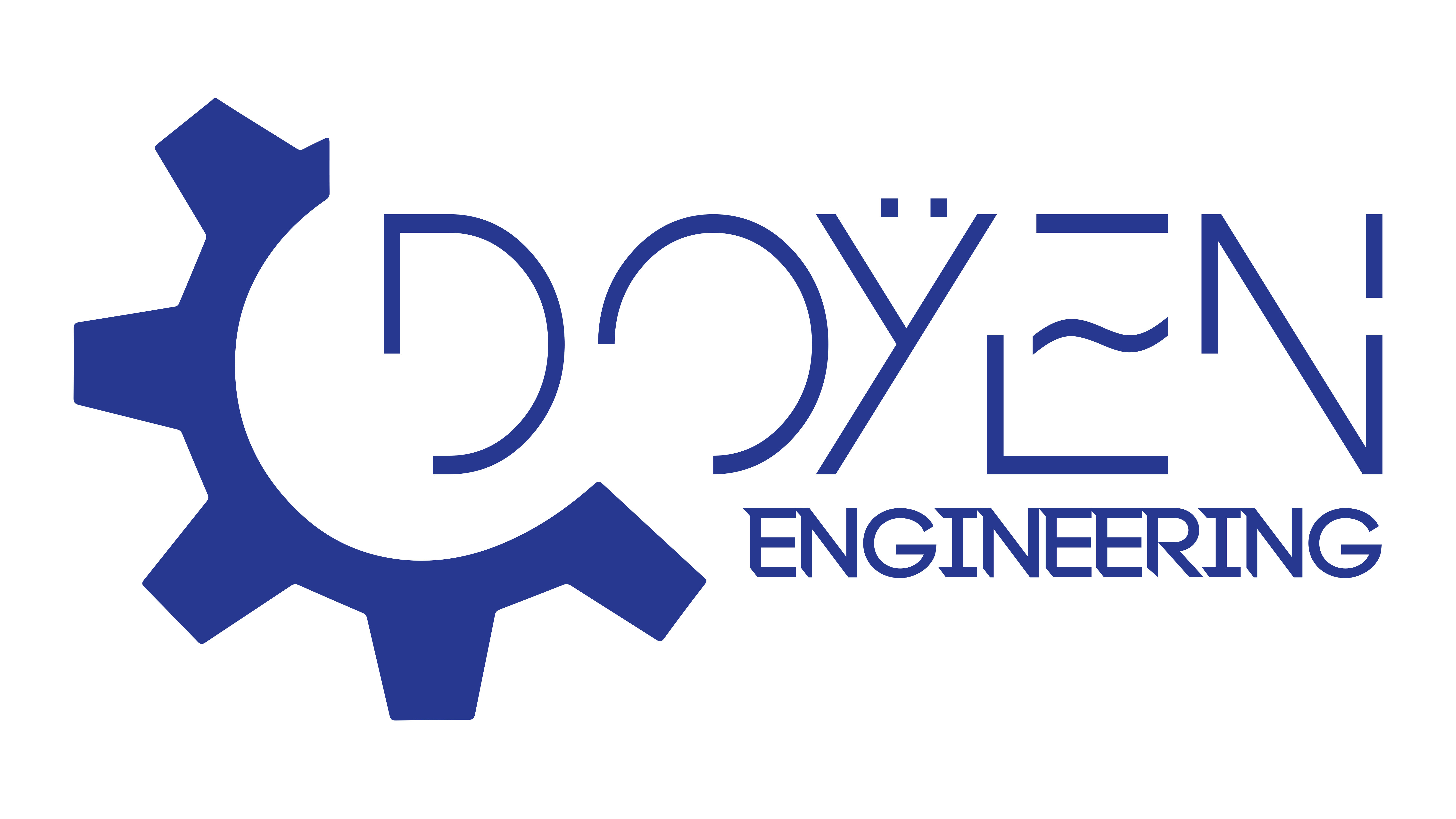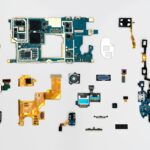
Overview of Electricity
Definition of Electricity
Electricity is a form of energy resulting from the presence and flow of electric charges. These charges can be produced by various means, including chemical reactions or electromagnetic induction. Fundamentally, electricity powers the devices we rely on daily, from our smartphones to home appliances, making it an essential aspect of modern life.
Importance of Electricity in Modern Life
In today’s fast-paced world, electricity is more than just a convenience; it is a necessity. It fuels industries, facilitates communication, and enhances our quality of life. Here are a few ways electricity plays a critical role:
- Healthcare: Electricity powers medical equipment and systems ensuring safety and efficiency in hospitals.
- Communication: It enables global connectivity, allowing people to stay in touch irrespective of distance.
- Transportation: Electric vehicles are paving the way for sustainable travel, significantly reducing carbon footprints.
Imagine a day without electricity—no lights, no heating, no internet. The impact would be profound, highlighting how dependent society has become on this vital resource.

Historical Discoveries and Inventions
Early Observations of Electricity
The journey of electricity began long before it became a household name. Early observations date back to ancient civilizations. The Greeks noted the phenomenon of static electricity when they rubbed amber with fur. This mysterious attraction between the two materials was one of the first glimpses into what we now understand as electric charge.
- 700 BC: Thales of Miletus published accounts of static electricity through amber.
- 1600 AD: William Gilbert coined the term “electricity,” exploring the nature of magnetism and electricity in his work.
These initial discoveries set the stage for more profound inquiries into the science of electricity.
Key Inventions in the Development of Electricity
As curiosity grew, inventions began to transform our understanding and usage of electricity. Notable milestones include:
- Voltaic Pile (1800): Alessandro Volta developed the first chemical battery, allowing a steady flow of electric current.
- Electromagnetism (1820): Hans Christian Ørsted discovered the relationship between electricity and magnetism, leading to numerous technological advancements.
- Light Bulb (1879): Thomas Edison perfected the incandescent lamp, brilliantly illuminating homes and streets.
These innovations not only showcased the potential of electricity but also paved the way for modern technologies, fundamentally altering how we live, work, and interact with the world.

How Electricity Works
Basics of Electric Charges
At the core of electricity are electric charges, which come in two varieties: positive and negative. These charges are carried by particles known as protons (positive) and electrons (negative). When opposite charges attract, it creates energy, leading to a flow of electrons that we recognize as electric current.
- Protons: Located in the nucleus of an atom, they carry a positive charge.
- Electrons: Found in the electron cloud surrounding the nucleus, they carry a negative charge.
This fundamental relationship between charges is what enables electrical phenomena in everyday life.
Understanding Circuits and Current
To harness electricity, we utilize circuits—closed loops that allow current to flow. Think of a circuit like a roller coaster, where the tracks (the wires) lead the cars (electricity) through a journey.
There are two main types of circuits:
- Series Circuits: All components are connected in a single path. If one part fails, the entire circuit stops.
- Parallel Circuits: Components are connected across multiple paths, so if one fails, others can still operate.
The flow of current depends on the voltage source and the resistance in the circuit. This seamless interaction of charges and circuits enables the operation of countless devices that make life convenient and enjoyable.

Fun Facts About Electricity
Surprising Uses of Electricity
Electricity isn’t just for powering our homes and gadgets—it’s also used in unexpected ways! For instance, did you know that electricity plays a crucial role in food preparation?
- Food Preservation: Electric refrigeration keeps perishables fresh.
- Cooking: Electric stoves and ovens provide precise temperature control, making cooking much easier.
Moreover, in the medical field, electric currents are used for therapeutic treatments, helping heal injuries and manage pain. These surprising applications illustrate the versatility of electricity in our daily lives.
Interesting Trivia about Electricity
Electricity is filled with fascinating facts that often surprise people.
- Lightning: A bolt of lightning contains enough energy to toast 100,000 slices of bread!
- Human Body: The human brain generates about 20 watts of electrical power while awake, enough to power a low-wattage light bulb.
These trivia bits not only reveal the wonders of electricity but also highlight its pivotal role in nature and human anatomy, making it a truly electrifying subject!






